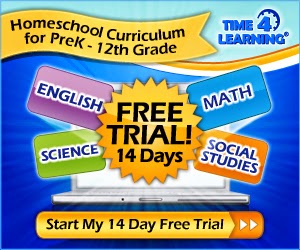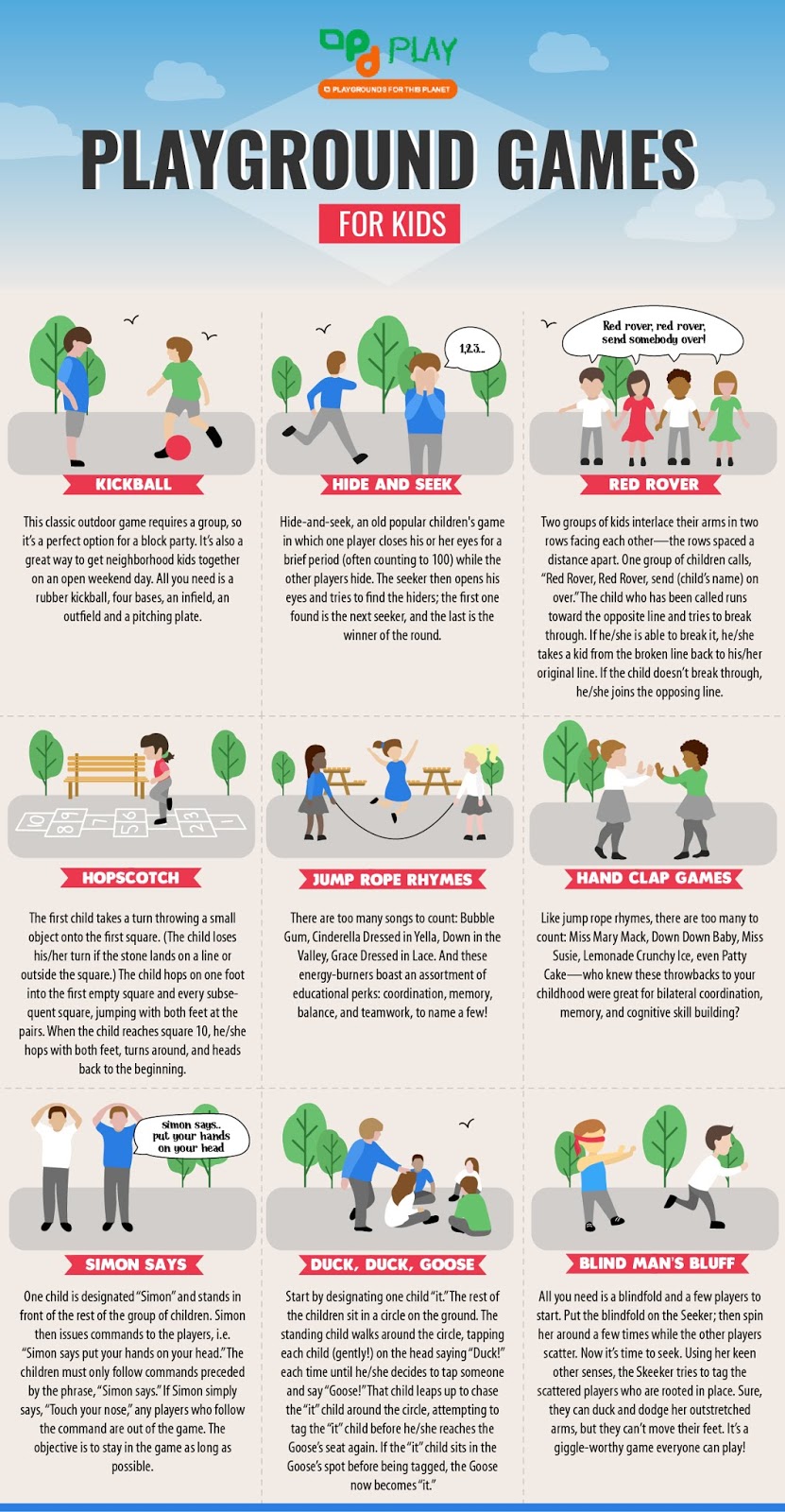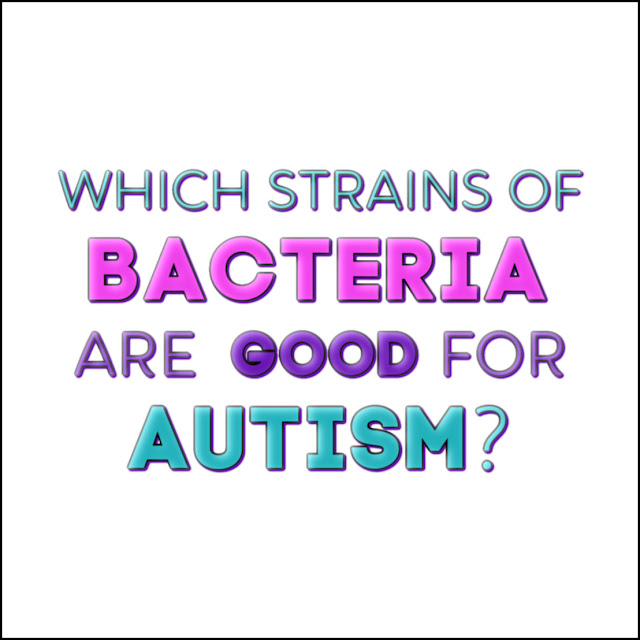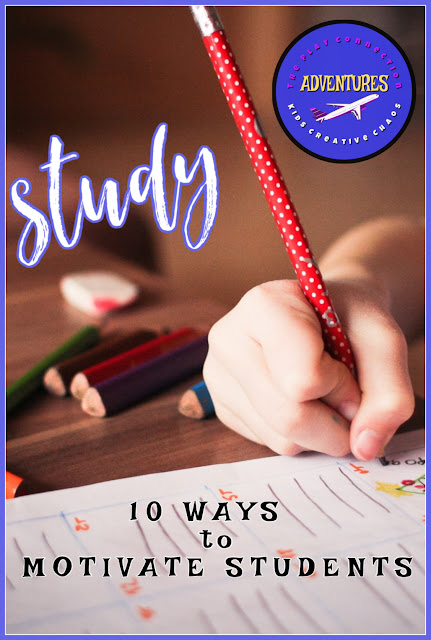What is Active Learning?
If you're an early childhood education director, teacher, or a homeschooler of a preschooler, you will benefit ChildCare Education Institute's CCEI122: Active Learning in Early Childhood course. This course is a great way to get continuing ed course credit for any ECE program, but it is also a wonderful tool for parents of toddlers and preschoolers to educate themselves for homeschool learning. So, what is the definition of active learning in early childhood education?
This post contains Amazon Affiliate links, if you make a purchase,I get a small commission.
This post contains Amazon Affiliate links, if you make a purchase,I get a small commission.
ChildCare Education Institute® provides high-quality, online training courses and programs, applicable to those who work in an array of child care settings, including center-based care, Head Start, family child care, prekindergarten classrooms, after school environments and more. Over 150 English and Spanish training courses are available to meet licensing, recognition program, and Head Start Requirements. CCEI also has online certification programs that provide the coursework requirement for national credentials including the CDA, Director and Early Childhood Credentials. CCEI, a Council for Professional Recognition CDA Gold Standard℠ Comprehensive training provider, is nationally accredited by the Distance Education Accrediting Commission (DEAC) and is accredited as an Authorized Provider by the International Association for Continuing Education and Training (IACET).
Easy Fall Craft Activity for Kids Torn Paper Owl
Gut Health and Autism
It is true that autism is generally not curable, but in most cases, people try different therapies to improve autism spectrum disorders. Therapies like occupational therapy, speech therapy, and applied behavioral analysis are the most common ways to treat autism and reduce the effects of autism, but treating the gut can help too!
This GUEST POST contains Amazon and other affiliate links. The information in this post is not written by a medical doctor, be sure to contact your physician before starting any new treatments.
Is anything more important for autism than brain foods? Yes, some foods like fatty fish, milk, egg, nuts, chocolates, and others may help the brain develop and increase its functionality. However, that is also challenging as many autistic children have weakened digestive health and may suffer from irritable bowel syndrome.
Why do many children with autism suffer from weakened gut conditions? Our brains have strong correlations with the gut. Autism can impair brain and gut development. Improving the gut can improve brain development, meaning alleviation from some of the symptoms of autistic spectrum disorder and other sensory processing disorders.
Gut Treatments for Autism
There are many suggested treatments for improving gut function. Below are some popular options for autism that you may want to try.
1. Use of Probiotics and Prebiotics
Probiotics are good bacteria that aid our digestion and improve the immune system. Some of the common beneficial bacteria include bifidobacteria, lactobacilli, and saccharomycetes. Autism probiotics are an effective treatment since the good bacteria kills the bad ones and helps provide more helpful benefits for the gut.
On the other hand, prebiotics are food components that boost growth to these beneficial bacterias in the gut. Probiotics are common in food items like kimchi, kefir, miso, and yogurt, while prebiotics is common in items like garlic, onions, bananas, asparagus, leeks, and more.
Regular use of probiotics and prebiotics may improve leaky gut and prepare the body to accept all different kinds of foods. Studies have found improved gut condition increases neurotransmitter production and helps boost brain functions.
2. Focus on Diets
Because of impaired guts, children suffering from ASD often face mineral and vitamin deficiencies. Also, the lack of fiber can worsen gut imbalance and often contributes to leaky gut symptoms. Many children on the spectrum are sensitive to proteins like gluten and casein in their diet.
To overcome these hurdles, parents often put their children on a ketogenic diet. It is a common belief that a keto diet gives children with austim foods that are rich with omega-3 fatty acids. Foods like sardines, tuna, salmon, flaxseed, chia seed, and walnuts are good sources of omega-3 fatty acids. Some also try dark chocolate to help enhance brain functionality.
3. Antibiotics
Under a physician's prescription, some try antibiotics like vancomycin but that is usually only for extreme cases. Antibiotics can wipe the gut of both good and bad bacteria leaving negative consequences. As children with autism have more bad bacterias over good ones, trying antibiotics can alleviate some conditions like chronic diarrhea.
Always consult a doctor for the best therapeutic dose of any medication or herbal remedy. Some people also try antibiotics and probiotics together. In such a case, try fermented products like curd, yogurt, or kefir to help balance gut bacteria.
4. Fecal Transplant
Fecal transplant sounds absolutely bizarre to anyone who is reading it for the first time, but the concept is to transplant fecal material into the GI tract of the patient. This allows a complete shift of microbiome to a recipient without hurting anyone's digestive system.
5. Microbiota Transfer Therapy
This is a new solution where patients use antibiotics to clear their gut. After clearing their gut, the patient is put on high-dose, standard human gut microbiota for several weeks. This not only improve GI symptoms, but it can also normalize gut microbiomes to that of healthy individuals.
Try Probiotics over Others
Though we have discussed some possible treatments, most of the options require a physician's help. A diet plan doesn't work well with conditions like diarrhea, and you may also need to consult a nutritionist. These days, there's a lot of focus on probiotics that you can use at home to help your child to improve their gut problems which may, in turn, help improve their autism symptoms.
For most people, probiotics have no major side effects outside of mild gas and bloating. Some of the best benefits of probiotic use include:
1. Probiotics help the body fight cold and flu viruses.
2. Probiotics can boost vitamin B12 in our body, resulting in more energy.
3. Probiotics are helpful in maintaining the ideal body weight.
4. Probiotics can boost the immune system naturally.
5. Probiotics can help eliminate bad breath.
Probiotic Strains and Autism
When it comes to probiotics, people often recommend yogurt, fruits like bananas, mangoes, papayas, and herbs like peppermint and fennel. These foods can help to grow all good bacteria in your gut. The question is which strains of bacteria are good for people with autism?
Studies have shown that two of the best probiotic strains to help in IBS and autism are bifidobacterium and lactobacillus. Using these with probiotic-rich foods can have synergistic effects to help improve gut functions.
Besides that, lactobacillus reuteri showed promising results in improving social behaviors in kids with autism. A study conducted in Texas found this strain of bacteria to release more oxytocin and improve the social behavior in children with autism. No wonder it can heal gut problems too. Using this form of probiotics also showed a wide array of health benefits including myoskeletal maintenance, improved metabolism, wound healing, and more.
Bacteroid fragilis is also beneficial for kids with autism. A study from the California Institute of Technology found this strain has the unique ability to penetrate the mucus layer and embed itself to repair the intestinal cell lining, which is a big bonus to anyone suffering from leaky guts.
Things to Avoid with Probiotics
Though probiotics have no major side effects, it's prohibited for post-cardiac surgery patients, patients with bloody stools like hematochezia or melena, patients with pancreatic disorders, and infants. Other than that, anyone with a severely weakened immune system should consult with a doctor before taking probiotics or any other over the counter remedies.
The Bottom Line
It's been proven that there's a strong correlation between our brains and our guts. If you can fix either of them, the other one will likely react to that positive feedback. When it comes to autism, this correlation is a key part of further study to lessen the effects and work toward a cure.
You'll likely see significant behavioral changes, improved social interactions, and a big margin of improvement in your child’s learning abiity with gut treatment. In short, treating the gut can result in a better lifestyle for anyone suffering from autism spectrum disorder.
Recommended:
Online Elementary Science and Health Resources for Homeschoolers
 |
| Online Science and Health Resources for Homeschoolers. |
 |
| We signed up for Time4Learning and love it! |
Previously, I had searched for a companion video to teach about the senses. There were plenty of videos out there, but all of them targeted preschoolers. Beakman's World had many great videos on Science and Health. (We started with Season 4 to learn about Human Growth).
Exploring, can be a bit overwhelming at first, but once you get the hang of it, it is an AMAZING educational resource. Kids earn badges in each subject matter. Lessons are targeted on core learning principles. Some of the video are a snore, but they are consistently getting better. They even offer an online scratch pad, hints, and more to insure your child doesn't get frustrated by taking the tests. A lot of it is for older children, but they have been adding new material for early elementary age students. Our favorite lessons are Computer Coding, but there are some videos on health and the senses too.
Homeschool Art: Crafting with Minecraft
Homeschooling Lesson on Geography: Country Study of China
The Everything KIDS' Human Body Book: All You Need to Know About Your Body Systems - From Head to Toe! (The Everything® Kids Series)
ADS DISCLOSURE: We've partnered with some wonderful advertisers who may sponsor blog posts or send us samples to test. Some companies pay us to review their products.
*We also use affiliate links, if you make a purchase we get a tiny commission. Kids Creative Chaos participates in the Amazon LLC Associates Program*, an affiliate advertising program designed to provide a mean for blogs to earn advertising fees by linking to Amazon properties, including, but not limited to, amazon.com, endless.com, myhabit.com, smallparts.com, or amazonwireless.com. We also offer Tapinfluence, Google Adsense, SoFab, and Izea ads here. Thanks so much for helping us keep the lights on! :)
Which Infant Formula is Best?
Here at Kids Creative Chaos, the mommies have nursed over 20 babies. Whenever possible we encourage breastfeeding, but that isn't always the reality of life. Some of us adopted our children as infants, others faced milk allergies, and some just couldn't produce enough milk.| Walmart infant formula. |
Another one of our mommies, Jessica, used Parent's Choice™ Formula. Here's what she had to say about it:
"I was determined to breastfeed, however (long story), I had to begin supplementing with formula beginning at 8 wks old. We used Parents Choice™formula from 2 mos to 1 year. We even used Parents Choice™toddler formula for about a month. We were always very happy with it - no issues. AND, because we DID supplement, we were able to continue a successful nursing relationship well into toddlerhood!"

Turns out, Parent’s Choice Formulas are clinically proven to be as well tolerated as the national brands.
It contains DHA and ARA which may support brain and eye development - Just like Enfamil®. It is milk-based which is good for most babies! It also contains prebiotics which support your babies' immune systems. Go check it out so you can give your baby the best and save money too! Parent's Choice™
We'd love to hear about your challenges. It is always nice to know you aren't alone.
Sign up for our free newsletter!
-->
Formula was the best choice for us.
This post brought to you by Sam’s Club. All opinions are 100% mine. |
| Happy formula fed baby. |
10 Ways to Motivate Students to Study and Learn
An in-depth look at ten ways to motivate you students
1. Put Students in Control of Their Learning Experience
Enrich your classroom by providing students with a variety of quality outside information. You can find reading materials from sources like the New York Times, Forbes, or Science stage.
Game-based learning is a perfect way for teachers to introduce new concepts or ideas into the classroom. Start with a fun game like classroom jeopardy, or allow students to visit an interactive website and compete online with other students at their grade level.
Have you tried any of these ways to motivate students to study and learn more efficiently?
Recommended:
Futuristic Architecture for Kids
Simple Math Games
Lessons for Homeschoolers
Most Popular Post
-
Cardboard Toilet Tubes turned Holiday Hats How many rolls of toilet paper do you go though each month? We've got to recycle that ca...
Get Circle Time Handbook
Spark your child's interest!
Games for Preschoolers






















